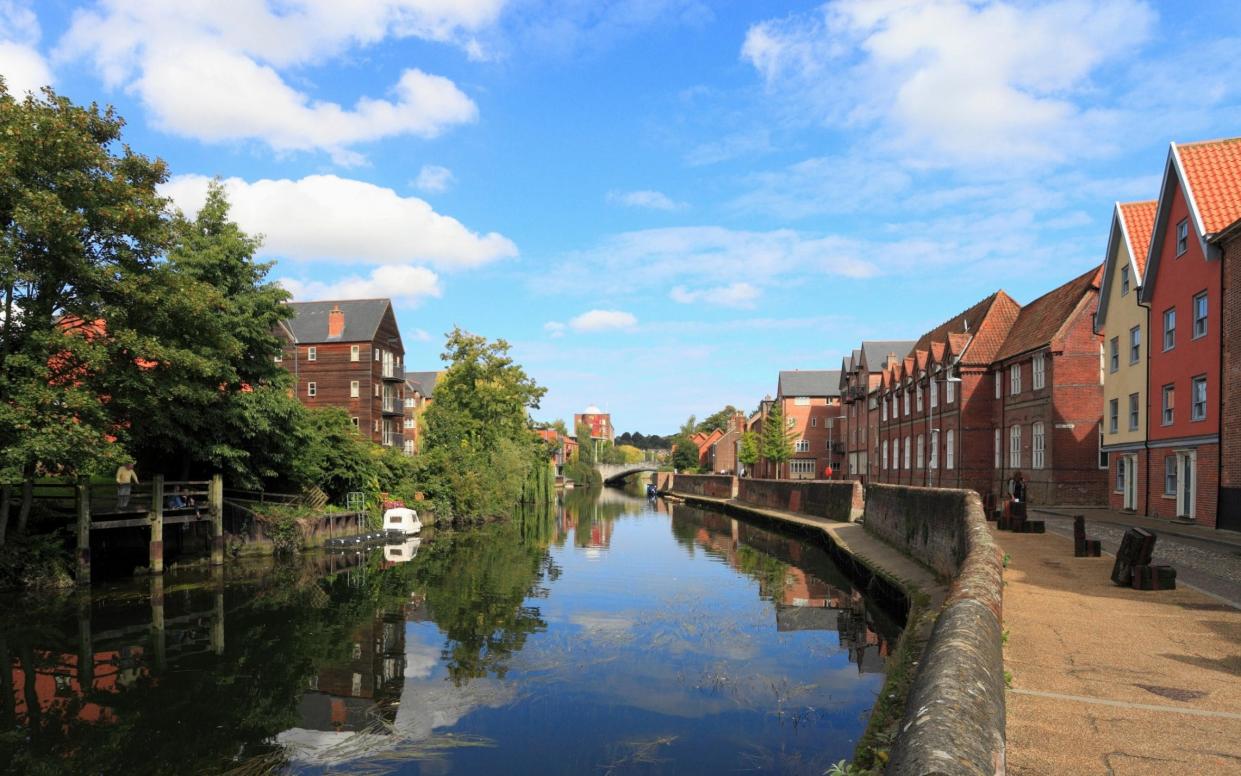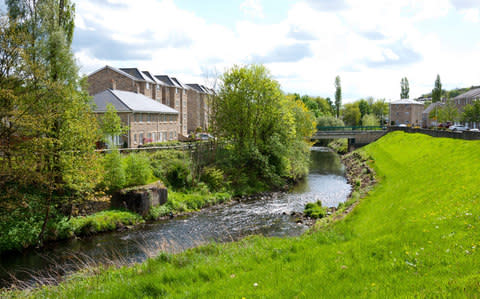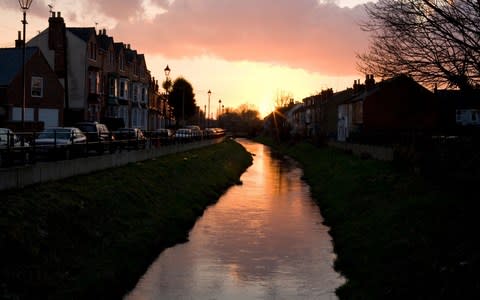Pet flea treatment chemicals polluting Britain's streams and rivers

Several of Britain’s most beautiful rivers are suffering devastating levels of pollution from flea treatment which washes into the waters from household pets.
Researchers have discovered significantly high levels of the chemical imidacloprid in rivers and streams in the remote Scottish Cairngorms mountains, the Ouse in Bedfordshire and Lincolnshire’s River Ancholme.
The chemical is commonly applied to animals to kill arthropod parasites, with 68 registered veterinary products using the chemical to treat fleas in dogs, cats, rabbits and ferrets.
Buglife found that in three water bodies – the Tame in Manchester; Wyke Beck in Leeds and Somerhill Stream, in Kent - the problem is so bad it exceeds chronic pollution limits as a result of imidacloprid use on pets.

High levels of imidacloprid were also recorded in the Sincil Dyke watercourse in Lincoln; the River, Waveney, in Norfolk and Suffolk; and the River Wensum in Norfolk.
As well as killing insects that live or feed near water, such as mayflies, the chemicals also damage the health of fish and birds, threatening the life of our streams and rivers.
A report by the Buglife charity found that imidacloprid is now rarely used as an insecticide by farmers, it is still used in greenhouses, from it can enter the water bodies.
It concluded however that in certain parts of the country the use of it to treat fleas is main reason it is being found in such high levels in rivers and streams, particularly in urban areas, but even in the remote Cairngorms - where chemicals are understood to wash off dogs bounding into streams.
Matt Shardlow, the chief executive of Buglife, said: “We are devastated to discover that many British Rivers have been heavily damaged by neonicotinoid insecticides. It is vital that action is taken to completely ban these three toxins, including in greenhouses and on pets, before another year of disgraceful pollution occurs. The most likely source of pollution in the Cairngorms is a treated dog entering the stream.”

The report states that imidacloprid applied to pets will run off into storm drains and water courses when it rains or when the animal or its bedding is washed.
This results in “the pollution entering the sewage systems and storm drains and thereby watercourses; or direct pollution of a watercourse, lake or pond if the animal is allowed to swim in the waterbody” says the report, adding: “In addition some Imidacloprid is likely to be excreted by the animals in urine and faeces after absorption through the skin.”
The report concluded: “While the indirect effects of horticultural use may be contributing to Imidacloprid pollution in urban areas, the pathways from veterinary use on pets are more direct and this suggests that veterinary pour on and collar uses are likely to be the prime source of pollution.”

Buglife warned that as well as Imidacloprid there is what it called a “bewildering array of toxins available to treat ectoparasites on pets in the UK” produced with neonicotinoid chemicals.
It said: “Having discovered that Imidacloprid pet treatments appear to be the cause of harmful pollution of waterbodies, it would be short sighted not to consider that other ectoparasite treatments may pose similar risks.”
Mr Shardlow said: “In the first place the use of imidacloprid in pet products should be suspended as a first step, until we find out how many other harmful chemicals are getting into water in this way.
“We need to monitor more carefully the impact on the countryside of the use of these chemicals and at the moment we’re not doing that.”
Buglife has submitted its report to the Environment Agency, which is conducting its own analysis, and to Michael Gove, the Environment Secretary, but has yet to receive a response.

 Yahoo News
Yahoo News 
